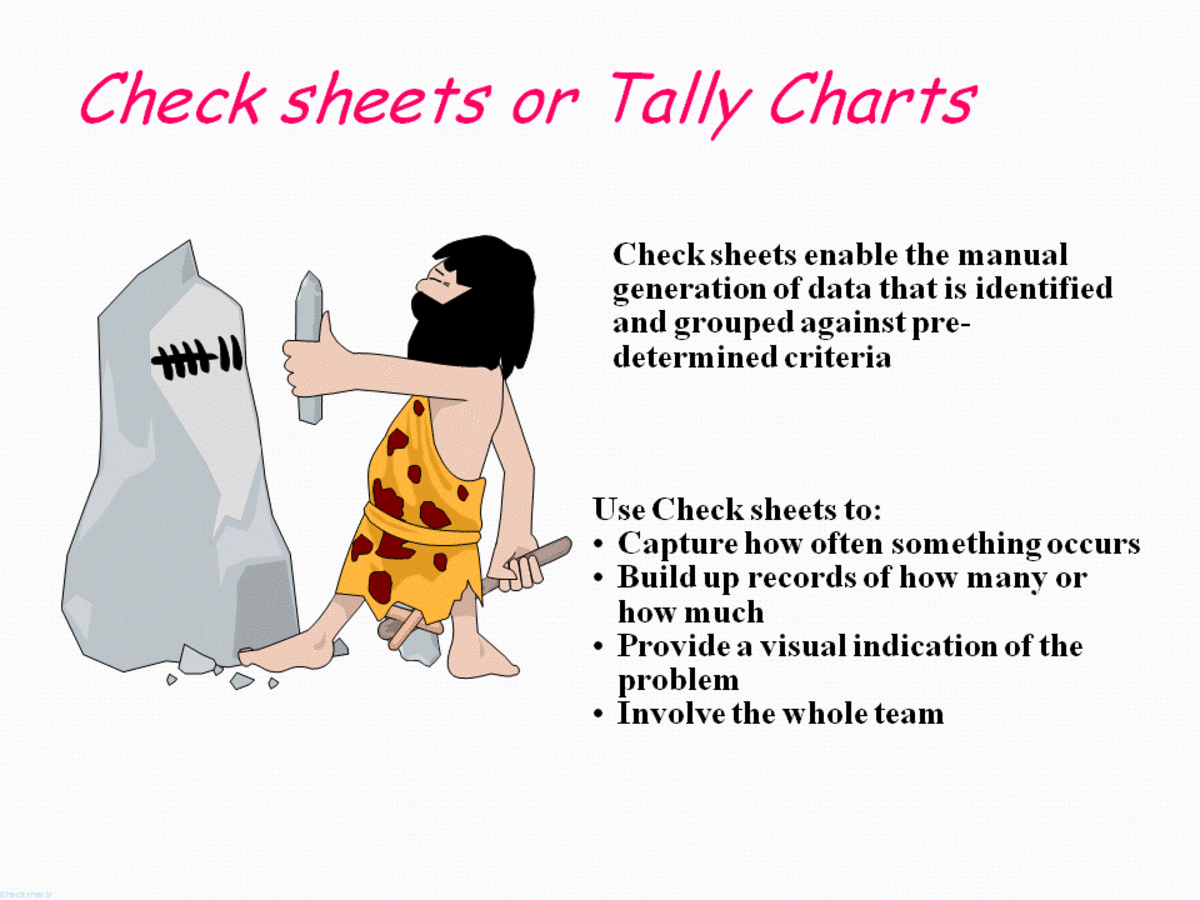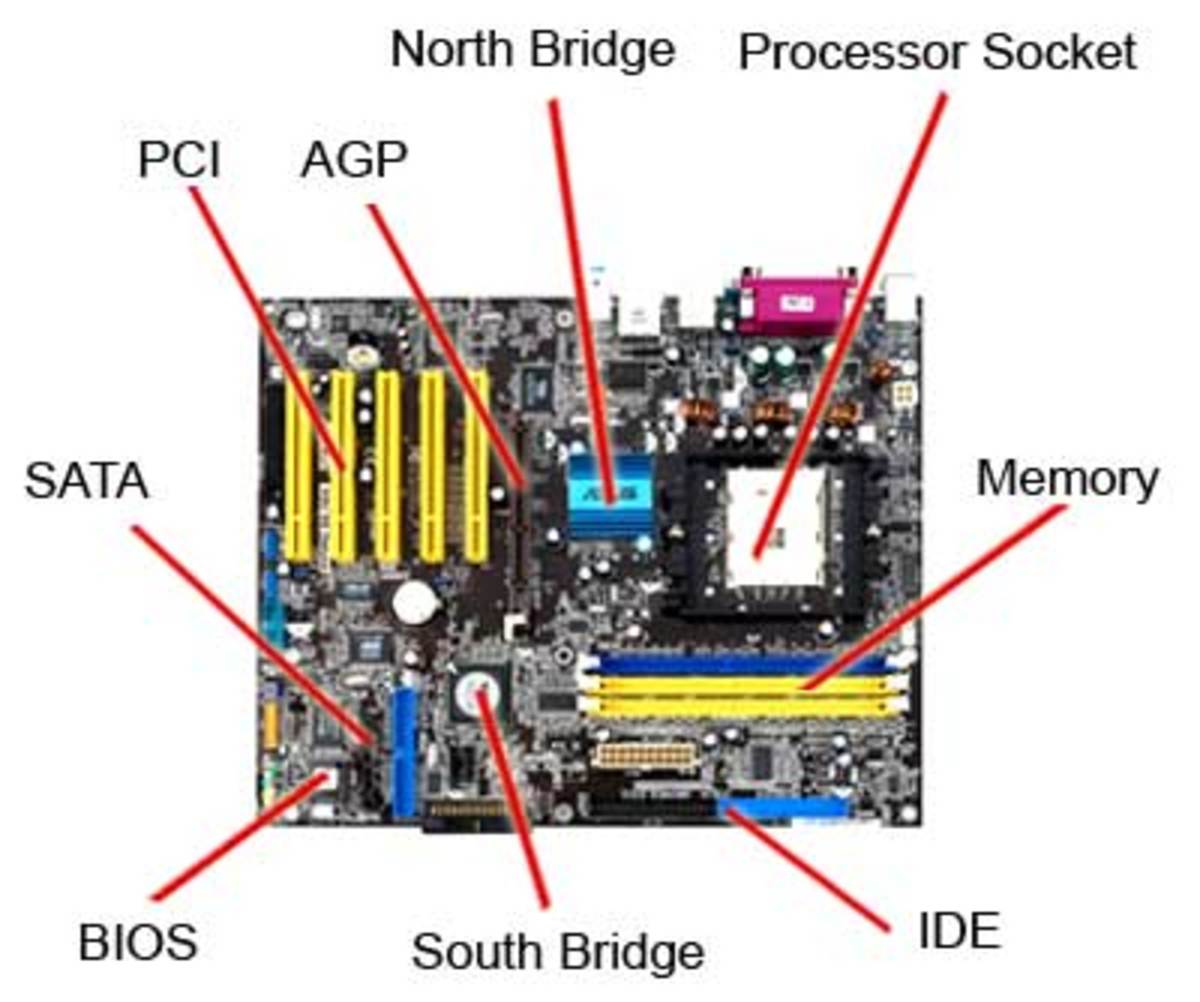What is Continuous Data Protection (CDP)
Continuous Data Protection
As the need for data protection grows, so do the options in data backups for computers. Continuous Data Protection (CDP) or continuous backup is a backup system in which all changes are recorded every time one is made. CDP creates an electronic journal, so to speak, with a snapshot each time a change is made.
Is this something that is really necessary when a person can do a regular backup? Some companies feel this is a necessity that allows them to protect important data while preventing fraud. CDP can provide nearly real time recovery. If in the event there is a corruption or failure of the system, then minimal information will be lost. With this type of protection, it also ensures that data will not be lost due to any spreading virus or other type of corruption. It also creates a record of what changes were made and when they occurred.
There are many methods to capture the changes in order to meet certain needs. These solutions are based on interval snapshots, which the user can program. Near Continuous Backup creates many “points in time” that minimize data loss. Some providers will record changes from a minimum of 60 seconds to several hours or days.
Some debate the word “continuous” as it indicates that the backup should be ongoing, all of the time during every “write”.
On the other hand, real continuous backup constantly capture changes and store them independent of the primary data. They provide finer level of granularity in restoring data as they provide an infinite amount of data recovery points.
CDP uses rapid disk to disk protection and restore capabilities, which minimize the time needed for backup as well as recovery. Data files are retained for a pre-determined length of time. The software can require a large amount of storage space to keep all the copies, so most companies do delete data after 30 days or 7 versions.
Deciding on which CDP is best depends on the level of integration the program has with its application, the amount of change rates, and the amount of potential data loss that could incur. If the amount of loss in particular can cause a critical situation, then real CDP will be the way to go. It will be necessary to insert markers at designated times to ensure application data consistency.
A near-CDP approach will be better when a level of data loss is not as critical because it captures the data at a known point-in-time interval. The recoveries will be more consistent. It should be noted that this process will take more time in terms of recovery as the snapshot needs to be recovered first. The application will then need to roll forward or back to recover the data.
If you’re looking onto online backup with CDP, bandwidth usage may also be of concern. For this reason, you may want to think about looking into a solution that combines CDP with block-level incremental backup technology. (Discussed in a future post)
- Online Backup
Secure online backup and data recovery.
Continuously Backup









